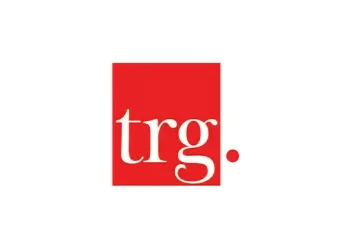WASHINGTON: Progress in the US Federal Reserve’s fight against inflation “likely resumed” last month, a senior bank official said Tuesday, adding that additional rate hikes were probably unnecessary.
Consumer inflation ticked lower in April, providing Fed policymakers with some good news following an uptick in the first quarter that had led some officials to question whether to cut rates at all this year from their current two-decade highs.
“The inflation data for April suggests that progress toward two percent has likely resumed,” Fed governor Christopher Waller told a conference in Washington, referring to the US central bank’s long-term two percent target.
US inflation fight will take ‘further time’: senior Fed official
“One month does not constitute a trend, but this data suggests that policy is doing its job to moderate aggregate demand, which will support renewed progress in lowering inflation,” added Waller, a permanent voting member on the Fed’s rate-setting committee.
“Central bankers should never say never, but the data suggests that inflation isn’t accelerating, and I believe that further increases in the policy rate are probably unnecessary,” he said.
Waller’s more positive tone will likely be welcomed by the financial markets, which have been digesting a series of less positive outlooks from Fed officials since the inflationary uptick began.
On Monday, Fed vice chair for supervision Michael Barr – another permanent member of the bank’s rate-setting committee – said that recent data had not given him the “increased confidence” he needed to support easing monetary policy.
Waller sounded a more optimistic note Tuesday – but with some notable caveats.
“While the April inflation data represents progress, the amount of progress was small,” he said, adding: “The economy now seems to be evolving closer to what the Committee expected.”
“Nevertheless, in the absence of a significant weakening in the labor market, I need to see several more months of good inflation data before I would be comfortable supporting an easing in the stance of monetary policy,” he said.








